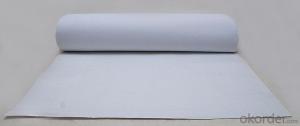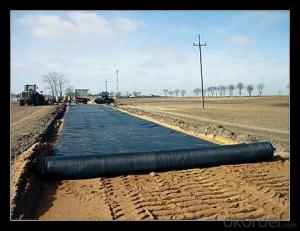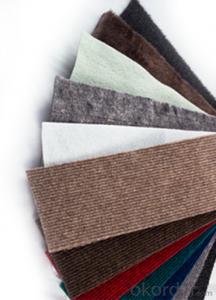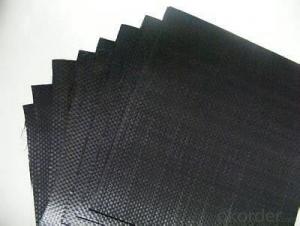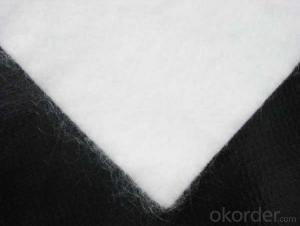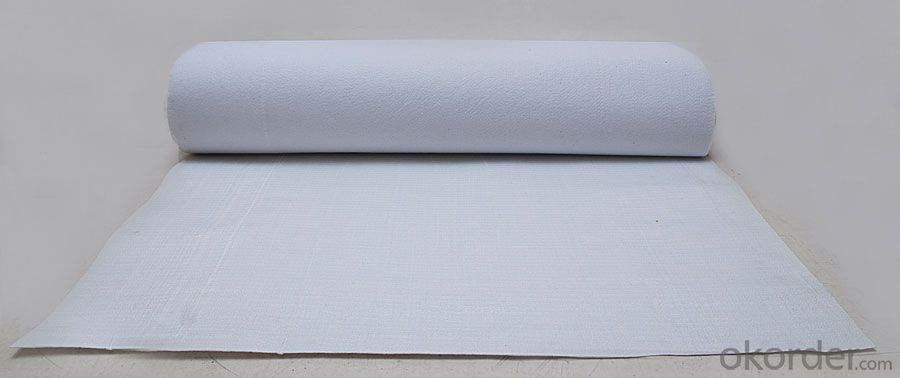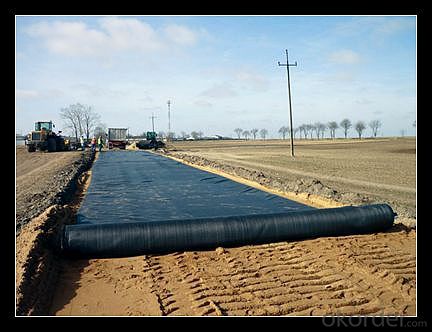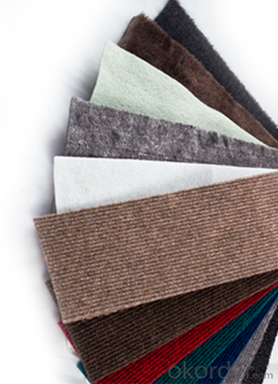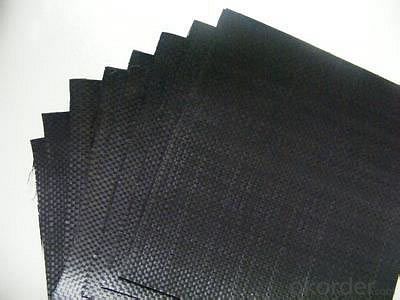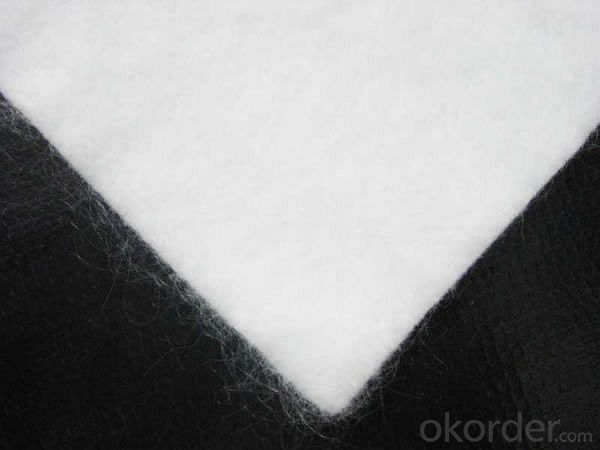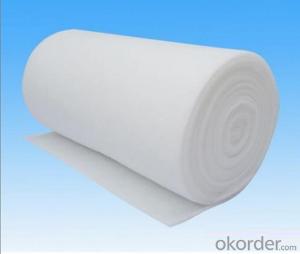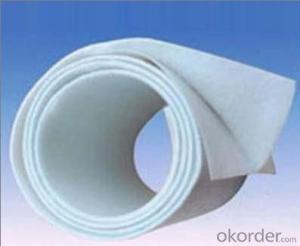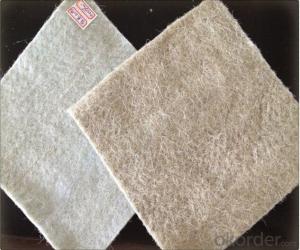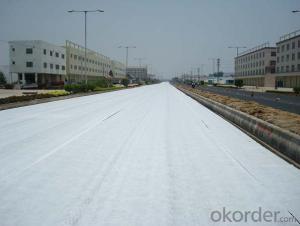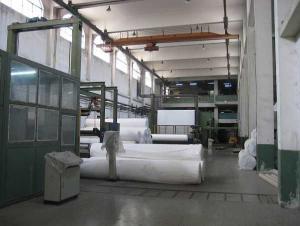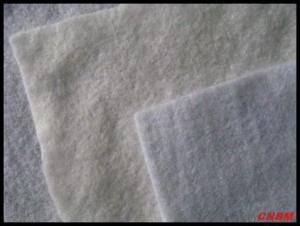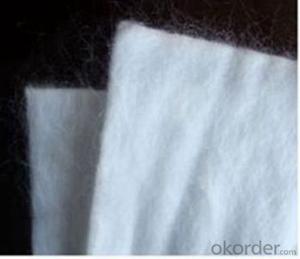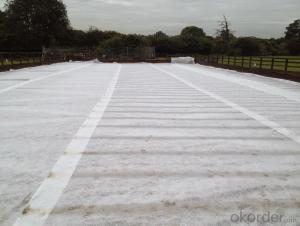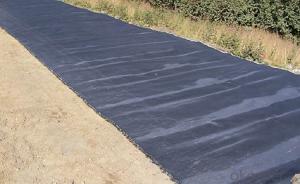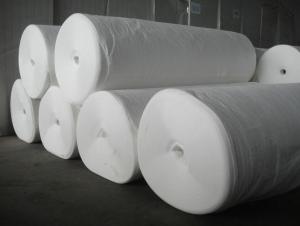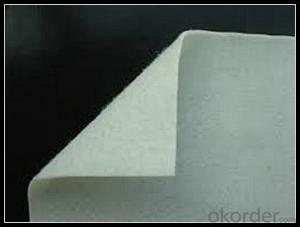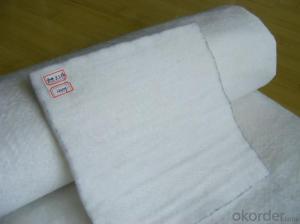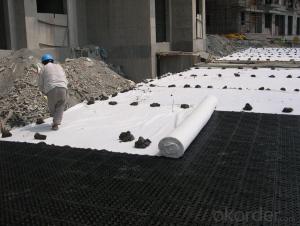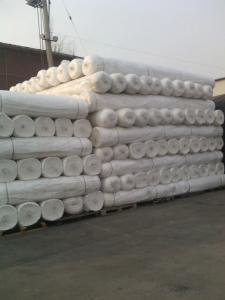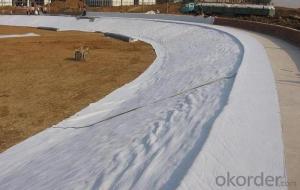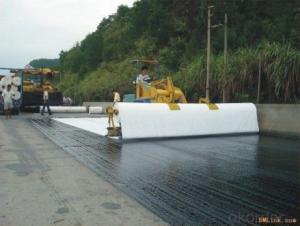Geotextile 701 Filament Spunbond Nonwoven Geotextile with High Stabilization for Road Construction
- Loading Port:
- China main port
- Payment Terms:
- TT OR LC
- Min Order Qty:
- 1000 m²
- Supply Capability:
- 10000000 m²/month
OKorder Service Pledge
OKorder Financial Service
You Might Also Like
Specification
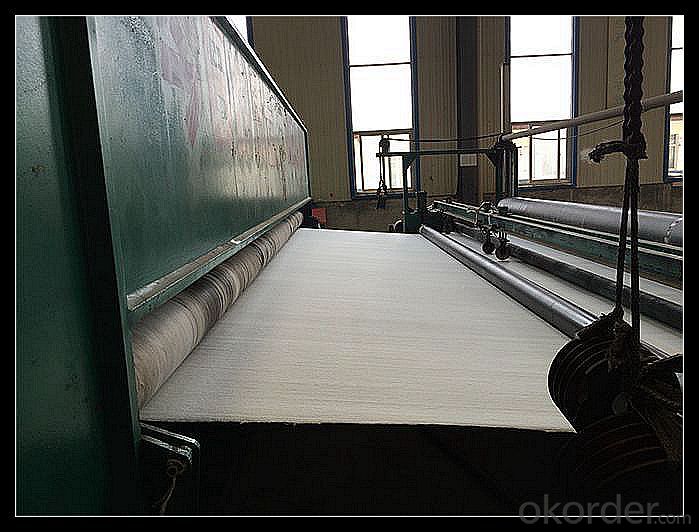
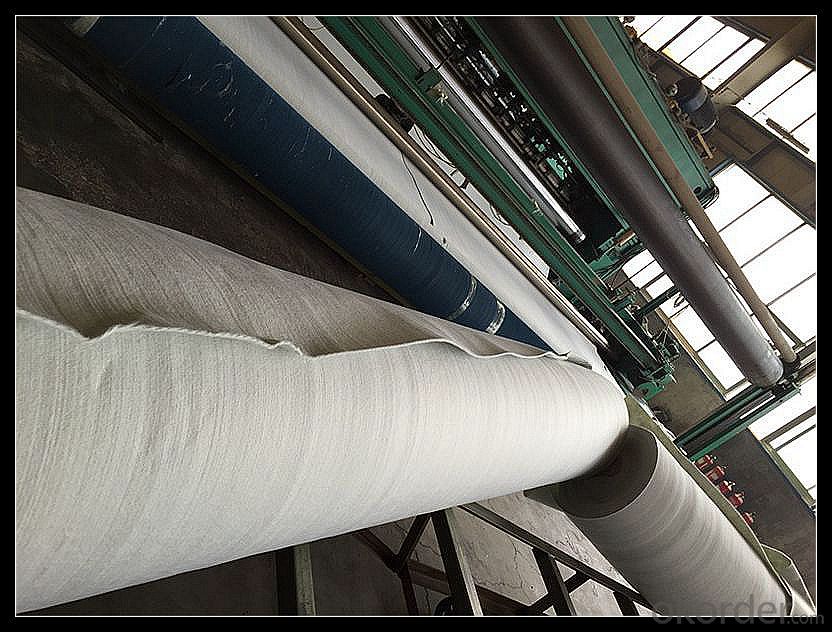
Geotextile uses:
Filter: Geotextile fabric is an excellent filtering medium as it allows fluid to pass
through the fabric yet retains fine particles, as you would see in an aggy drain. Great
for wrapping perforated pipes and rock to create a path for fluid to pass though yet keep
the fines out. Another large use in Australia is in the construction of a landfill cell,
where filter geotextile sits atop the filtration rock separating the waste material placed
on top allowing the leachate to pass through down to the liner.
Separate: Geotextile when used as a separation layer prevents two different fill materials
such as aggregate and soil from combining. When used correctly the geotextile will
increase the life span of the civil project, allowing the two separate layers to perform
as designed for longer.
Protection: Geotextile when used as a protection layer acts as a cushioning barrier
between the geosynthetic lining system and other layers of the dam or landfill cell.
Generally the larger mass rolls of geotextile provide the best cushioning protection. As a
protection barrier it helps prevent puncturing and leaks from external forces coming into
contact with the liner.
Our Service
Quality assurance
1.On a regular basis or as per your request,we entrust national testing agencies to conduct quality inspections
2. Strictly in accordance with the ISO9001-2008 international quality system standard,we monitor and manage the whole process throughout production,quality testing,and measurement to ensure product quality
3. For quality-related construction delay or substandard construction(except for damage or losses due to customer’s responsibility or irresistible natural disasters),we have refunding,replacement,and repair services.We will respond to customers’ feedbacks on quality issues within 24 hours.
Packaging & Shipping
Packing: PLASTIC FILM INSIDE, AND WOVEN BAG OUTSIDE
Shipping: About 15 days after receipt the deposit
FAQ:
Q: What kind of payments does jenor support?
A: T/T, L/C, Cash are accepted.
Q: Do you charge for the samples?
A: Accordeing to our company policy, the samples are free, we only charge the freight fee. And we will return the freight fee during the next order.
Q: Can you produce according to customers' design?
A: Sure, we are professional manufacturer, OEM and ODM are both welcome.
Q: Do you have other products?
A: Yes, please check the pictures:
- Q: What are the key factors affecting the permeability of geotextiles?
- The key factors affecting the permeability of geotextiles include the type and thickness of the geotextile, the size and distribution of the pores, the type of soil or material being filtered, the compaction of the soil, and the hydraulic gradient or pressure difference across the geotextile.
- Q: Can geotextiles be used in waste containment systems?
- Yes, geotextiles can be used in waste containment systems. Geotextiles are commonly used as liners or covers in landfill sites to prevent the migration of hazardous substances into the surrounding environment. They provide a barrier to contain waste materials, prevent erosion, and promote filtration and drainage.
- Q: What are the key considerations for geotextile installation in high wind areas?
- There are several key considerations for geotextile installation in high wind areas. First and foremost, it is important to select a geotextile material that is specifically designed to withstand high wind loads. This may involve choosing a heavy-duty geotextile with a high tensile strength and puncture resistance. Additionally, proper anchoring is crucial in high wind areas to prevent the geotextile from being lifted or displaced. This may involve using batten bars, sandbags, or other secure anchoring methods. It is also important to ensure proper overlap and seam construction to maintain the integrity of the geotextile system. Regular inspections and maintenance should be conducted to identify any potential damage or issues caused by the high wind conditions and address them promptly. Overall, careful planning and implementation are essential to ensure the effectiveness and longevity of geotextile installation in high wind areas.
- Q: How do geotextiles affect noise pollution?
- Geotextiles can help reduce noise pollution by acting as a sound barrier. They absorb and dampen sound waves, preventing them from traveling through the ground and creating noise pollution.
- Q: Where are geotextiles used?
- Geotextiles are used in various applications such as construction, civil engineering, agriculture, and environmental projects. They are commonly used to reinforce soils, control erosion, separate materials, and provide filtration and drainage in roadways, retaining walls, landfills, dams, and other similar structures.
- Q: What are the key factors affecting the filtration performance of geotextiles?
- The key factors affecting the filtration performance of geotextiles include the pore size and distribution of the fabric, the thickness and permeability of the material, the hydraulic gradient or pressure difference across the geotextile, and the presence of any clogging or blockage due to soil particles. Other factors such as the type of soil, the duration of filtration, and the geotextile's chemical and physical properties can also influence its performance.
- Q: How do geotextiles help with subgrade stabilization in road construction?
- Geotextiles help with subgrade stabilization in road construction by acting as a barrier between the subgrade and the overlying layers of the road. They distribute and reduce the load from the traffic, preventing the subgrade from becoming weak or uneven. Additionally, geotextiles can separate different soil layers, preventing them from mixing and improving the overall stability and strength of the road.
- Q: How do geotextiles improve the performance of embankments?
- Geotextiles improve the performance of embankments by providing reinforcement and stability to the soil structure. They act as a barrier against soil erosion, preventing the loss of soil particles and maintaining the integrity of the embankment. Geotextiles also allow water to pass through while retaining the soil, enhancing drainage and preventing water buildup that could weaken the embankment. Additionally, geotextiles distribute the load more evenly, reducing the potential for settling and improving overall stability of the embankment.
- Q: How do geotextiles contribute to the performance of geogrid-reinforced slopes?
- Geotextiles play a crucial role in the performance of geogrid-reinforced slopes by acting as a separation and filtration layer. They prevent the mixing of soil layers, allowing for effective load distribution and reducing the risk of soil erosion. Geotextiles also enhance the stability of the slope by providing additional tensile strength and promoting water drainage, thereby minimizing the potential for slope failure. Overall, geotextiles greatly contribute to the overall performance and longevity of geogrid-reinforced slopes.
- Q: Can geotextiles be used in the construction of stormwater ponds?
- Yes, geotextiles can be used in the construction of stormwater ponds. Geotextiles are often used as a lining material to reinforce the pond's base and slopes, providing stability and preventing erosion. Additionally, geotextiles can act as a filter, preventing fine particles from entering the pond and improving water quality.
Send your message to us
Geotextile 701 Filament Spunbond Nonwoven Geotextile with High Stabilization for Road Construction
- Loading Port:
- China main port
- Payment Terms:
- TT OR LC
- Min Order Qty:
- 1000 m²
- Supply Capability:
- 10000000 m²/month
OKorder Service Pledge
OKorder Financial Service
Similar products
Hot products
Hot Searches
Related keywords
